Rising Consumer Demand for Aesthetics
The Automotive Decorative Exterior Trim Market is experiencing a notable increase in consumer demand for aesthetically pleasing vehicle designs. As consumers become more discerning, they seek vehicles that not only perform well but also exhibit visual appeal. This trend is particularly evident among younger demographics, who prioritize style and personalization in their vehicle choices. According to recent data, the market for decorative trims is projected to grow at a compound annual growth rate of approximately 5.2% over the next five years. This growth is driven by the desire for unique vehicle appearances, prompting manufacturers to innovate and expand their trim offerings. Consequently, automotive companies are investing in advanced materials and design techniques to meet these evolving consumer preferences, thereby enhancing the overall appeal of their vehicles.
Growth of Electric and Hybrid Vehicles
The growth of electric and hybrid vehicles is significantly impacting the Automotive Decorative Exterior Trim Market. As the automotive landscape shifts towards electrification, manufacturers are adapting their designs and trim offerings to cater to this new segment. Electric and hybrid vehicles often emphasize modern aesthetics and innovative features, which creates opportunities for decorative trim manufacturers to develop unique solutions that align with these vehicles' futuristic designs. Market data suggests that the electric vehicle segment is expected to grow at a rate of over 20% annually, which will likely drive demand for specialized decorative trims that enhance the overall look and feel of these vehicles. Consequently, manufacturers are focusing on creating lightweight and sustainable trim options that complement the performance and efficiency of electric and hybrid vehicles.
Increased Focus on Vehicle Customization
The Automotive Decorative Exterior Trim Market is witnessing a surge in the focus on vehicle customization. Consumers are increasingly looking for ways to personalize their vehicles, reflecting their individual tastes and lifestyles. This trend is particularly pronounced in the luxury and premium vehicle segments, where customization options are often a key selling point. Data indicates that the customization market is expected to grow significantly, with a projected increase of around 6% annually. This growth is prompting manufacturers to offer a wider range of decorative trim options, including various colors, materials, and finishes. By catering to this demand for personalization, automotive companies can enhance customer satisfaction and loyalty, ultimately driving sales and market share.
Regulatory Compliance and Safety Standards
Regulatory compliance and safety standards are increasingly influencing the Automotive Decorative Exterior Trim Market. Governments worldwide are implementing stringent regulations regarding vehicle safety and environmental impact, which directly affect the materials and designs used in decorative trims. Manufacturers are required to adhere to these regulations, leading to a shift towards sustainable materials and production methods. For instance, the use of recyclable and eco-friendly materials is becoming more prevalent, aligning with global sustainability goals. This shift not only helps manufacturers comply with regulations but also appeals to environmentally conscious consumers. As a result, companies that prioritize regulatory compliance and sustainability in their decorative trim offerings are likely to gain a competitive edge in the market.
Technological Advancements in Manufacturing
Technological advancements are playing a pivotal role in shaping the Automotive Decorative Exterior Trim Market. Innovations in manufacturing processes, such as 3D printing and advanced injection molding, are enabling manufacturers to produce intricate and customized trim designs with greater efficiency. These technologies not only reduce production costs but also allow for rapid prototyping, which is essential in responding to market trends and consumer preferences. Furthermore, the integration of smart technologies into decorative trims, such as LED lighting and sensors, is becoming increasingly prevalent. This shift towards high-tech features is expected to drive market growth, as consumers are drawn to vehicles that offer enhanced functionality alongside aesthetic appeal. As a result, manufacturers are likely to continue investing in research and development to leverage these technological advancements.


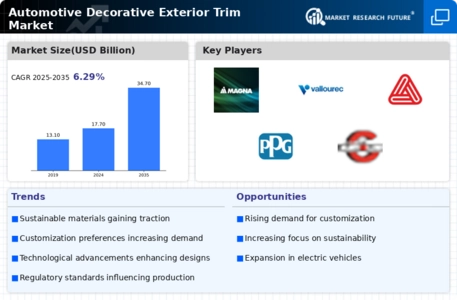
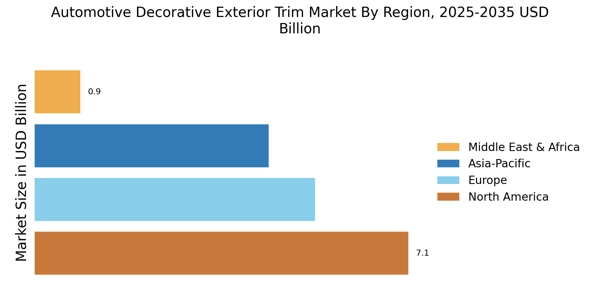
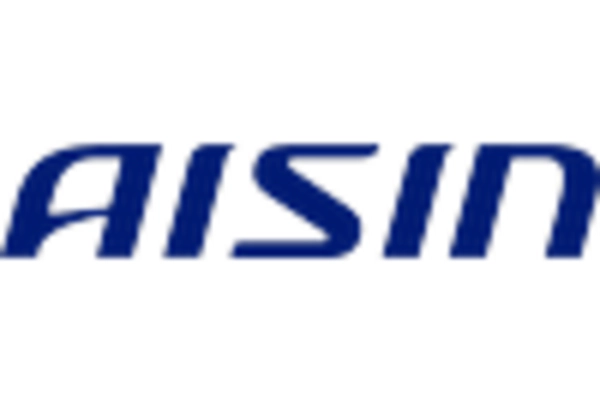

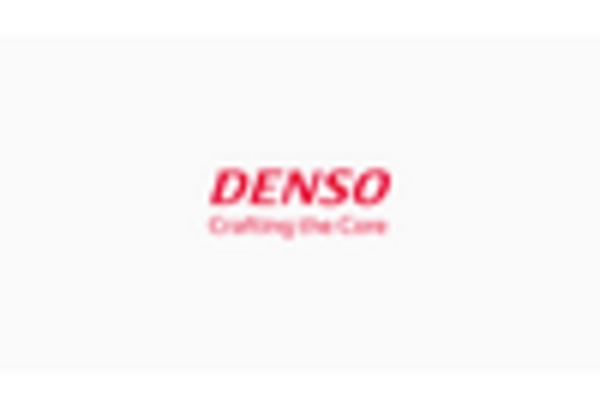
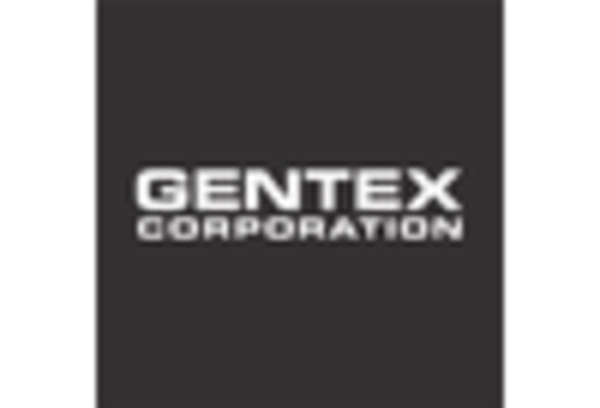










Leave a Comment